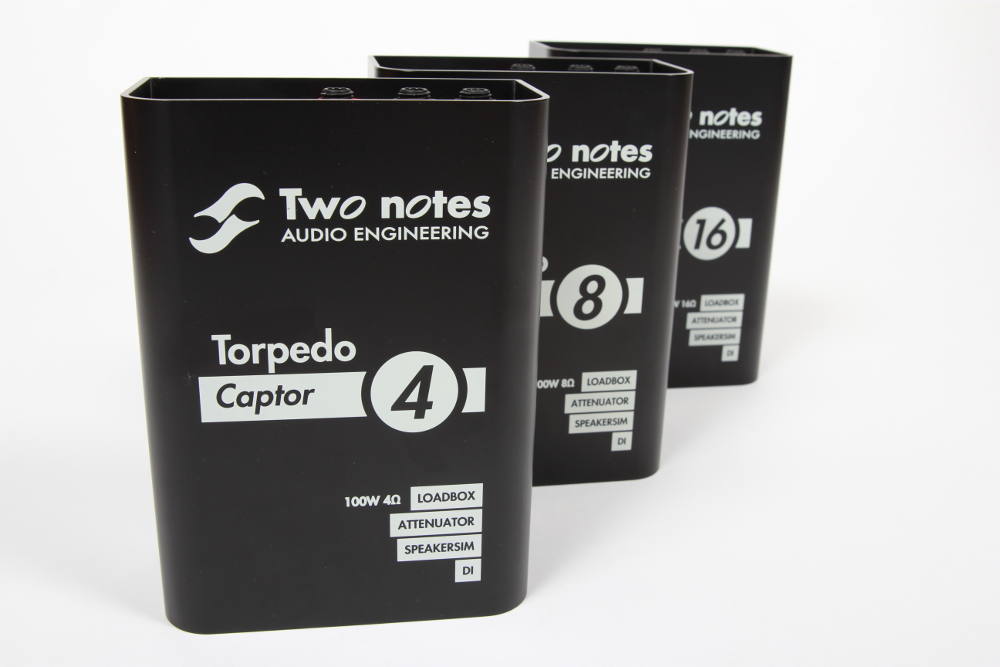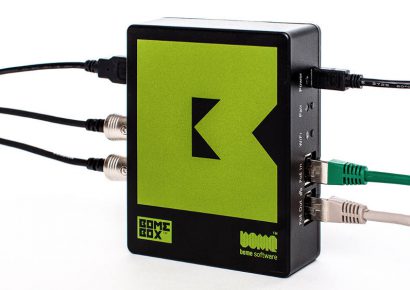The Captor is the little brother of the award-winning Torpedo Reload. It’s a reactive loadbox perfect for unleashing your favourite tube amp in a variety of modern applications and venues. The ‘reactive’ part is key to getting a faithful sound: plug your amp into Captor instead of a speaker cabinet and your amp will think it’s still ‘seeing’ a speaker cabinet, while sending an analogue speaker-simulated signal to a PA system. You can choose between four, eight and 16 Ohm versions to match your amp, but the feature set is the same.
Controls are pretty simple. There’s an out level knob, a phase switch, ground lift, a guitar/bass/off switch for the speaker sim, balanced line output (dry signal) and active DI outputs, plus speaker in and the two speaker out jacks (thru and attenuated). The unit runs off 48V phantom power or a 9 to 24V DC wall wart adaptor.
The speaker sim is based on the one from Two Notes’ Le Preamp series, but if you’d like to do things in the digital realm then you can go into a Torpedo CAB. pedal instead, or use Torpedo WoS (Wall of Sound) software for comprehensive speaker and mic simulation within your DAW. If you just want a quieter signal from your speaker cabinet while still giving your amp’s power tubes a thorough throttling, use the -20dB attenuation speaker output.
I’ve been using a Mesa Cab Clone for my reactive loadbox/DI needs, and the Captor performs a similar job, although without the three-position cabinet voicing switch of the Mesa. But the Mesa doesn’t offer attenuation, so that’s immediately a check in the Captor’s favour. The Captor also feels sturdier on top of an amp, whereas I always feel like my Cab Clone is going to topple and become unplugged on a raucous stage. Captor’s cab sim sounds really great, neither colouring the sound too much nor being too transparent, but as soon as you pair it with Torpedo WoS you’re in a whole new world of tone shaping where you can change mics and cabinets at will with extreme tweakability.
If you want to use this at home, it’s a great low-profile unit that effectively becomes an ‘amp input’ for your home recording setup. You can then use the signal as-is, through WoS or another mike emulation program. If you want to use it live, it’s more than up to the task of being chucked around by baggage handlers, fallen over by drunk punters, and thrown at your singer’s head.
Two Notes Engineering are distributed in Australia through Innovative Music Australia.

